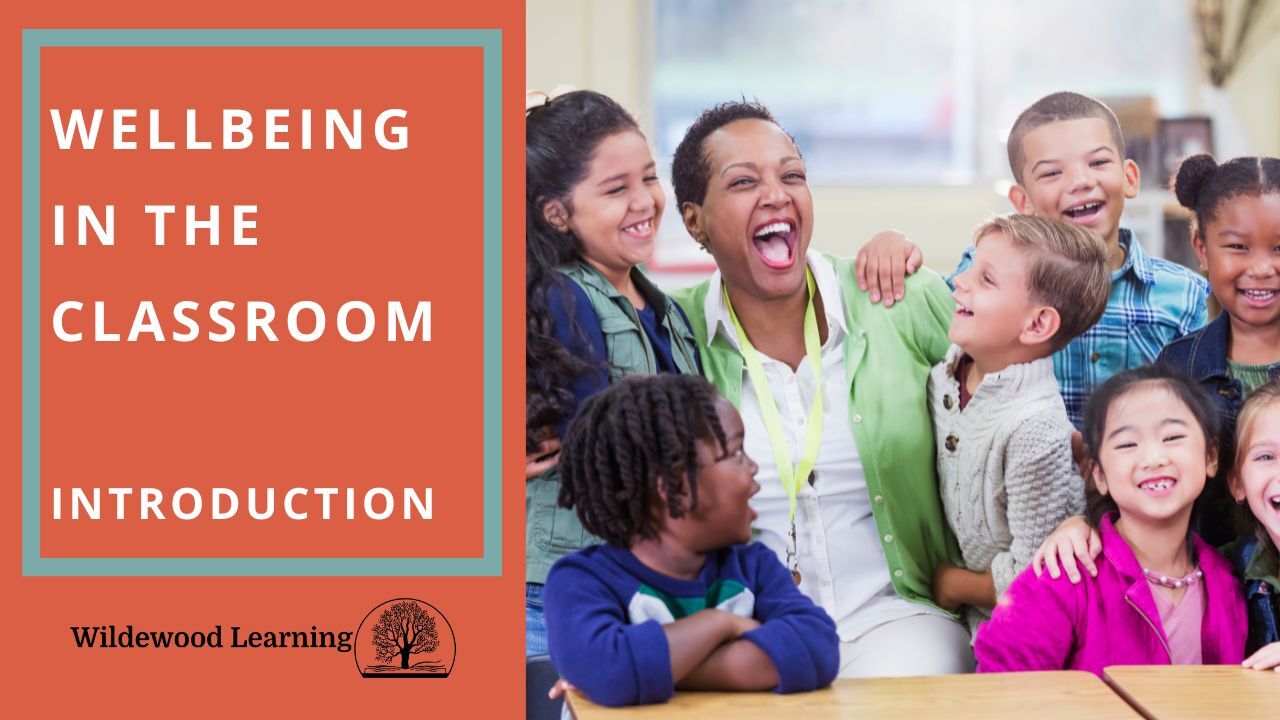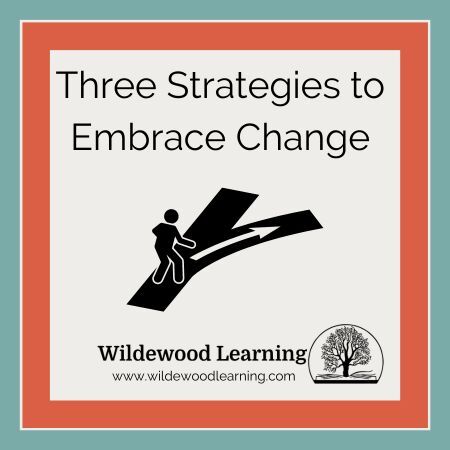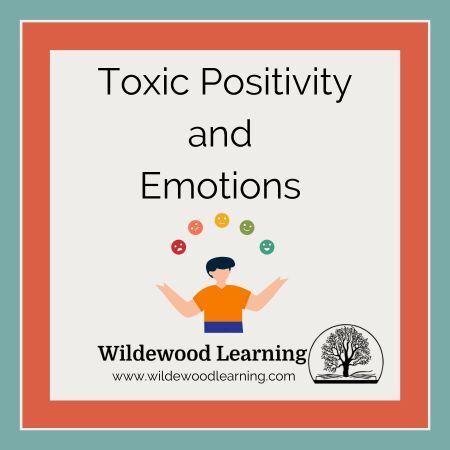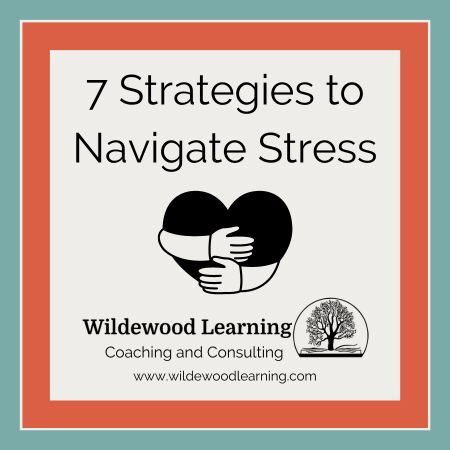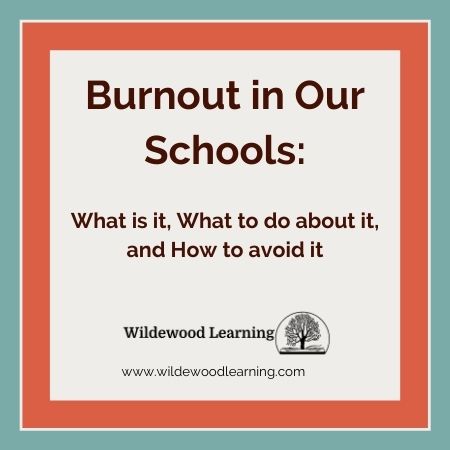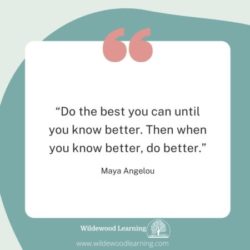“Do the best you can until you know better. Then when you know better, do better.”
—Maya Angelou
Even when I know better, I don’t always do better.
How about you?
I know I need to exercise more – however, it’s a struggle to get to the gym or out for a walk.
I know that I need at least 7 hours of sleep to feel my best – yet I stay up watching Netflix.
I know that yelling doesn’t solve any problems – and I find myself yelling at my family.
I know better, but am I doing better?
How about you?
I believe that many educators thought schools would be back to normal by now. At the beginning of the fall 2021 school year, I heard educators say,
“2021 has to be better than 2020!”
“We can now get on with fixing the learning loss of the past school year.”
“Let’s just move on from 2020 and put it in the past.”
Many people were hoping for school to be “back to normal,” yet that has not been the case; 2021 has been a challenging year.
When teachers talk about the last 18 months, words such as sadness, blah, and isolation are shared. Many are looking for support in the form of community, conversation, and connection.
Not just teachers are feeling the effects of the pandemic so are all the school support staff. Bus drivers, custodians, kitchen staff, school nurses, social workers, substitute teachers, and paraprofessionals are feeling the stress and exhaustion of the lingering Covid-19 pandemic. Plus, there is a lack of people to fill the numerous open positions in many districts.
The effects of the pandemic are undermining the mental health of our children. American Academy of Pediatrics, the Children’s Hospital Association, and the American Academy of Child and Adolescent Psychiatry posted a statement in October declaring a national emergency of a mental health crisis among children.
Behaviors never seen before in school classrooms are cropping up. Intense conflict levels, screen addiction, increase in substance use, disengagement, and lack of motivation are just a few of the behaviors educators have experienced. School leaders ask parents and caregivers, who are also at the end of their rope, to help with their child’s behaviors.
Self-care and mental health has never been so important to school leaders, educators, and support staff as it is now. What is going on now with teachers will not be taken care of by a couple of mental health days during the school year.
Self-care professional development is on the rise for educators, and rightfully so. When the school’s system and culture set self-care as a priority, it can help the staff develop routines for improved well-being.
I will not share my top 10 tips for self-care or tell you to get a massage or take a bubble bath. However, that does sound good! Self-care, well-being, and mental health practices are a habit that you set for yourself. What might work for one person as self-care might not work for another.
However, there are a few areas that by setting a routine it can help you make considerable gains in feeling better:
- Sleep
- Good nutrition
- Exercise
- Fun
- Connection
- Nature
- Setting boundaries
James Clear, the author of Atomic Habits, quotes, “In the long run, the quality of our lives depends on the quality of our habits.” He suggests starting with a tiny change. Maybe it’s setting a time of the day to exercise. Every day you exercise at that same time, maybe for 5 minutes, 10 minutes, 30 minutes, or you just get your shoes on. When you start, the length of time isn’t the goal, and the goal is consistency. You then become a person that doesn’t miss time to exercise, and a habit starts to form.
Many years ago, I set my morning routine to meditate and journal. I do it almost every day, sometimes for 10 minutes, sometimes for an hour. I have now become a person that meditates and journals in the morning, and I rarely miss a day. When I do miss a day, it just doesn’t feel right.
You are a person worthy of self-care, no matter what shape or form it may take for you. As an educator that honors self-care, you can do your work, change kids’ lives, and have time for yourself. Just develop the habit by starting small. Your students, colleagues, and family will thank you for it!

